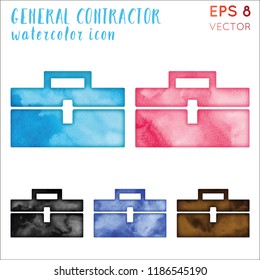Discover The Methods Which Seasonal Aspects Can Influence The Success Of Commercial External Paint And Determine The Most Effective Times To Achieve Long Lasting Results For Your Job
Discover The Methods Which Seasonal Aspects Can Influence The Success Of Commercial External Paint And Determine The Most Effective Times To Achieve Long Lasting Results For Your Job
Blog Article
Created By-McLamb Whalen
When you're intending a commercial outside paint project, seasonal aspects can make or damage your outcomes. You'll intend to think about how temperature and moisture impact paint application and drying times. Choosing the appropriate period can guarantee your paint adheres correctly and lasts much longer. However which seasons are genuinely the very best for this kind of work? Let's explore the crucial elements that can affect your task's success.
The Impact of Temperature on Paint Application
When you're planning a business outside paint job, the temperature can dramatically influence just how well the paint adheres and dries.
Ideally, look at here now wish to paint when temperature levels vary between 50 ° F and 85 ° F. If it's as well chilly, the paint might not cure effectively, causing concerns like peeling off or splitting.
On the flip side, if it's also warm, the paint can dry out as well promptly, avoiding appropriate attachment and leading to an uneven coating.
You need to also take into consideration the time of day; morning or late afternoon uses cooler temperature levels, which can be much more positive.
Constantly check the manufacturer's recommendations for the specific paint you're using, as they frequently provide assistance on the suitable temperature variety for optimal results.
Humidity and Its Result on Drying Times
Temperature level isn't the only environmental factor that affects your business outside paint task; humidity plays a substantial function as well. High humidity levels can slow down drying times drastically, impacting the general high quality of your paint task.
When the air is saturated with dampness, the paint takes longer to treat, which can bring about problems like inadequate adhesion and a greater threat of mold growth. If you're painting on an especially damp day, be planned for extended wait times between coats.
It's critical to keep track of regional climate condition and plan as necessary. Ideally, aim for humidity degrees in between 40% and 70% for optimum drying out.
Maintaining these consider mind guarantees your task stays on track and delivers a lasting finish.
Best Seasons for Commercial Outside Paint Projects
What's the most effective season for your commercial outside paint projects?
Springtime and early loss are typically your best choices. Throughout straightline , temperature levels are light, and moisture levels are frequently reduced, developing suitable problems for paint application and drying.
Prevent summer's intense heat, which can trigger paint to dry also quickly, resulting in poor attachment and coating. Similarly, winter's chilly temperature levels can prevent appropriate drying and curing, running the risk of the durability of your paint work.
Go for days with temperature levels between 50 ° F and 85 ° F for ideal results. Keep in Read the Full Post to inspect the regional weather forecast for rain, as damp problems can wreck your task.
Preparation around these factors ensures your painting job runs efficiently and lasts longer.
Conclusion
Finally, planning your commercial outside paint jobs around seasonal factors to consider can make a considerable difference in the end result. By scheduling work during the excellent temperatures and moisture levels, you'll ensure far better attachment and drying times. Keep in mind to keep an eye on regional weather prediction and choose the correct time of year-- springtime and very early loss are your best choices. Taking these actions will certainly help you accomplish a resilient and specialist surface that lasts.
